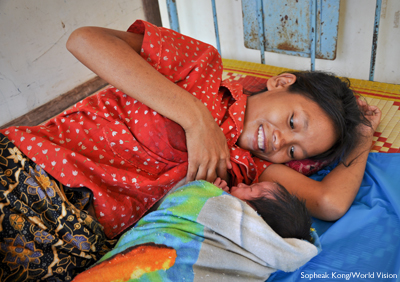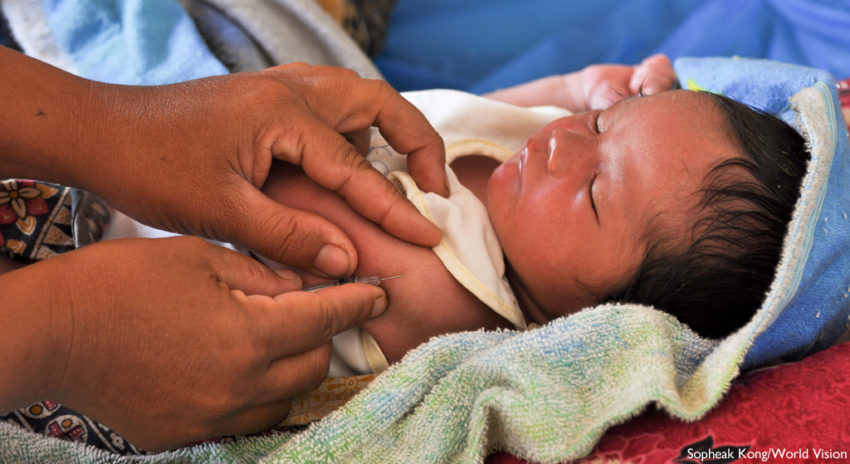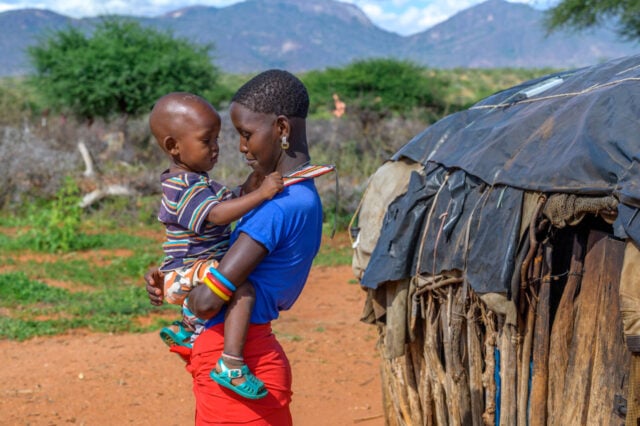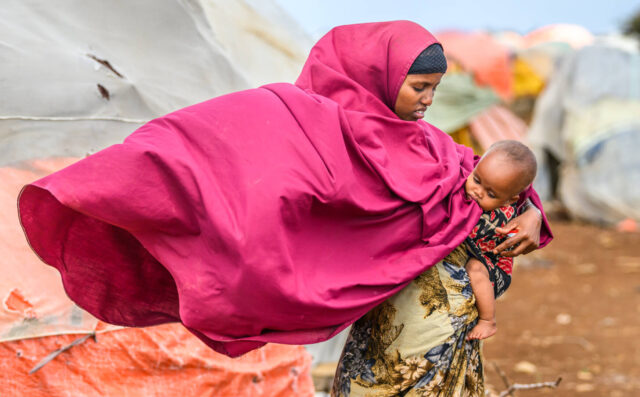The healthy development of a child starts inside the womb. Consequently, maternal health during pregnancy — and how the child is cared for in the first two years of life — are critical to the child’s growth and development later on.
Learn about our new method of saving the lives of the most vulnerable, referred to as the 7-11 approach.
* * *
Watching the news or following blogs like this one the last couple of months may have inspired your curiousity about the international community’s efforts to improve maternal and child health worldwide (or at least we hope so). This blog and our homepage have intentionally featured an ongoing focus on maternal and child health.
Part of the reason is because of World Vision’s Child Health Now campaign that is dedicated to providing children worldwide with access to basic medical care, adequate nutrition, and disease prevention — all so that they can grow up healthy in their communities and avoid illness or death from preventable causes.
Additionally, our partnership with the ABC News Million Moms Challenge is a focused effort to raise awareness and funds to help mothers and children survive and thrive all across the globe.
On one level, maternal and child health may seem quite basic — as simple as providing children and mothers with nutritious food, clean water, and basic healthcare (such as immunizations and medical consultations).
But is it really so simple? In places affected by poverty, how do you deliver solutions to the most vulnerable children and mothers?
The healthy development of a child starts inside the womb. Consequently, a mother’s health during pregnancy — and how the child is cared for in the first two years of life — are critical to the child’s growth and development later on.
World Vision’s maternal and child health programs use the best available evidence on preventing deaths among mothers and newborns. Combining these programs, we’ve developed a new method of saving the lives of the most vulnerable, referred to as the 7-11 approach.
7-11 consists of a set of low-cost health and nutrition interventions that can help newborns thrive in the first few critical months — seven interventions for pregnant moms, and 11 for children under the age of 2.
Seven interventions for pregnant women
- Adequate diet
- Iron/folate supplements
- Tetanus Toxoid immunization
- Malaria prevention and intermittent preventive treatment
- Birth preparedness; healthy timing and spacing of pregnancy
- Deworming
- Access to maternal health services: Antenatal and postnatal care, skilled birth attendance, prevention of mother-to-child transmission of HIV, infection screening
11 interventions for children under age 2
- Appropriate breastfeeding
- Essential newborn care
- Handwashing with soap
- Appropriate complementary feeding
- Adequate iron
- Vitamin A supplementation
- Oral rehydration therapy/zinc
- Prevention and care for malaria
- Full immunization
- Prevention and care-seeking for acute respiratory infections
- Deworming
World Vision works to deliver these life-saving interventions by working with local health workers and clinics.

In Cambodia, healthcare workers educate and care for mothers like Khem, 26, and her 9-day-old baby. After safely delivering her baby in the healthcare center, Khem’s baby received vaccinations, and a staff worker is educating this new mother about the importance of breastfeeding and hygiene.
Our goal is to make sure that every mother and child receives the training and support they need to deliver healthy babies, and nurture them through the first critical months of life.
In upcoming posts about maternal and child health, the 7-11 approach will be referenced frequently because of its core purpose within our programs.
To help us better explain 7-11 and our maternal and child health programs, we want to hear from you:
What questions do you have?
Which interventions would you like to know more about?
Which ones don’t make sense?
Leave your questions as comments, and we’ll do our best to answer them in future posts.



Comments